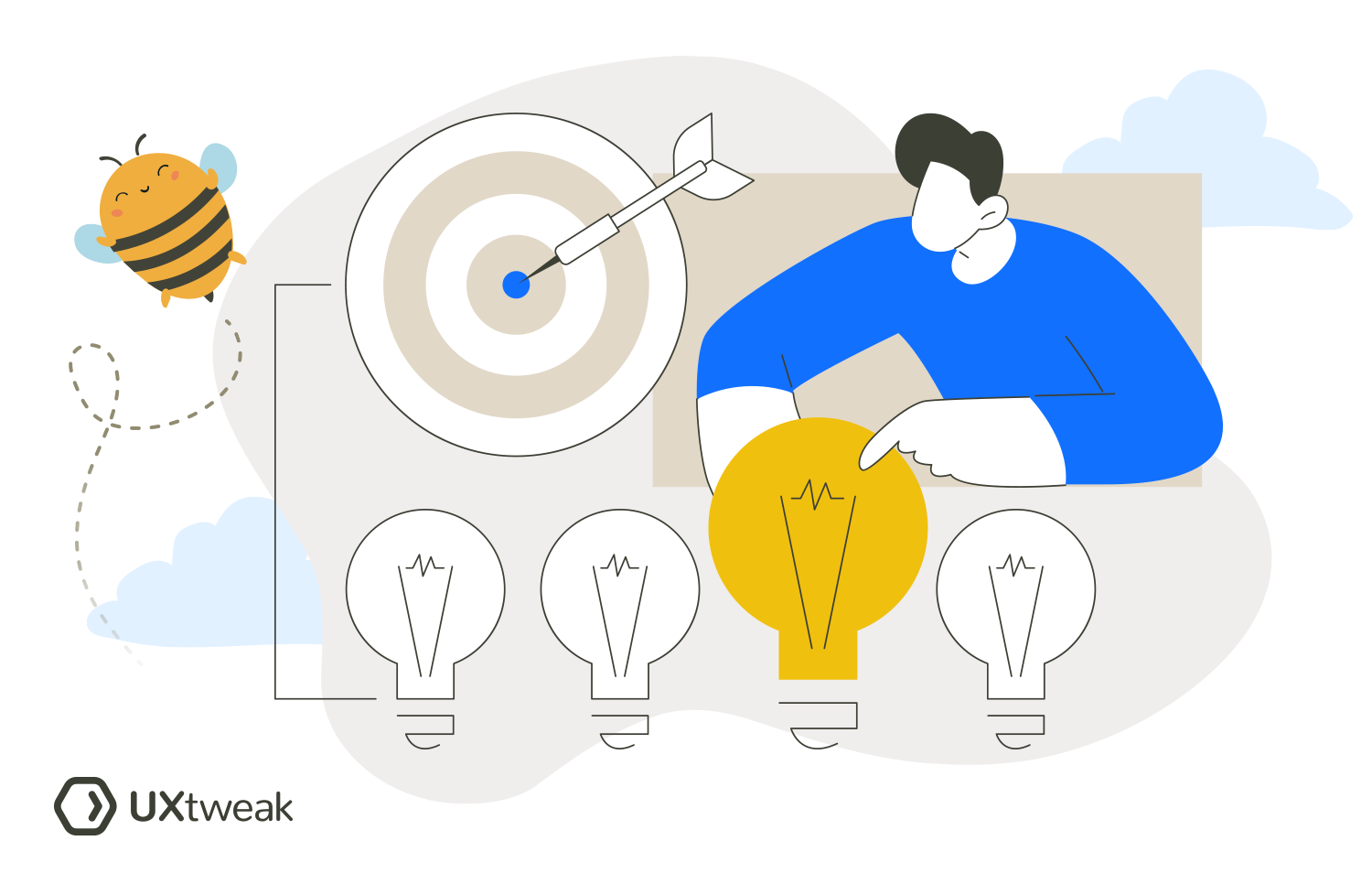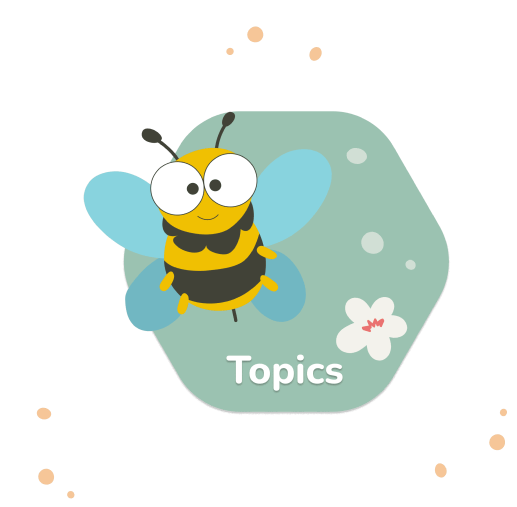While knowing the product discovery process itself is already a great way to start your journey, being aware of some expert product discovery tips can be a great advantage.
We’ve gathered some of the product discovery best practices to help you streamline your processes and make the most out of the gathered insights.
Let’s get started! 👇
What are the most important product discovery best practices and tips?

1. Tailor the product discovery process to your team and company
Every company and team has their unique culture, strength and challenges. It’s important to adapt your product discovery process to those of your team, and tailor it to fit and complement your company’s uniqueness.
There is no one-fits-all approach in product discovery. Therefore, what works for a huge enterprise may not provide the same value for a startup, for example. Ignoring this fact can lead to a big amount of wasted resources.
Therefore, our first tip is to take the time to identify the methodologies and processes that will work for your company specifically and focus on fine-tuning them to be more customer-centric. Adapt the product discovery process to fit your business goals and match the vision of your company. This way you’ll be able to stay on the right track, align with your long-term objectives and get the most out of product discovery.
2. Focus on insights, not the number of tests
Instead of focusing on conducting a big number of tests often, focus on making them meaningful and make sure they bring in valuable insights. In product discovery, it’s not about quantity, but quality of the tests. A big number of tests may, in fact, be necessary in some cases, however, it’s important to approach product discovery strategically and wisely.
Depending on your goals, the size of the team, the product and the budget, different product discovery methods and frameworks will be effective. Focus on choosing the ones that bring the most value and insights, not just the ones that everybody is doing. It’s more beneficial to run fewer, well-thought-out tests that align with clear hypotheses and goals.
3. Present your solutions strategically
The way you present your product discovery insights will directly affect if you’re going to get stakeholder buy-in for future research, design and development.
That’s why it’s important to make sure your reports and UX presentations are actionable, engaging and clearly show the value your insights provide. Demonstrate why the solutions you’ve come up with should work and how they will affect the current product situation.
It’s essential to understand the different perspectives of your stakeholders and tailor the reports based on the amount of their knowledge about the topic and problem. Provide clear examples that support your statements, show extracts from interviews and include the metrics they care about.
4. Conduct interviews
Interviews are one of the most simple and direct ways to gather real insights from your users.
They give you the opportunity to talk to the customers directly, ask them follow up questions to elaborate on their statements and really engage into deep meaningful conversations about your product. Interviews help product teams to answer the “Why” behind the numbers, understand the context, emotions and reasons behind users’ actions.
Here’s what experts have to say about it:
Interviews offer a unique opportunity to simulate a 1:1 conversation and, if done right, they can give you an excessive amount of honest feedback as well as ideas of future improvements for your product.
5. Embrace the small-scale tests
Small tests, often termed as “quick wins” are great for collecting quick insights without having to organize a larger research session and investing significant resources. These are helpful for testing new ideas or additions to the design that don’t usually require full-scale testing. The goal is to validate the hypotheses and find out if your concept deserves further development.
You don’t always have to organize big research to get hypothesis validation. You just need a couple of users to talk to and collect their feedback.
6. Collaborate cross-functionally
Digital products are multidimensional and involve different aspects of design, technology and business.
Which is why it’s so important to make sure you’re involving members of various teams in the product discovery process: not only product managers but also researchers, designers, developers and even customer support representatives. It will help to look at the problem from different perspectives, gathering a variety of holistic and well-rounded solution ideas.
Additionally, this type of approach helps to spot development issues and complications that members of just one team may not be aware of. For example, something may look good from the design perspective, but will be too challenging to bring to life for the developers.
Get ready to succeed with these product discovery tips!
If you’ve already come this far in this guide you’re probably already familiar with product discovery, its process and methodologies. Now that you also know these actionable product discovery tips it’s time to put them to practice!
Register for your UXtweak account and start your product discovery journey today!





